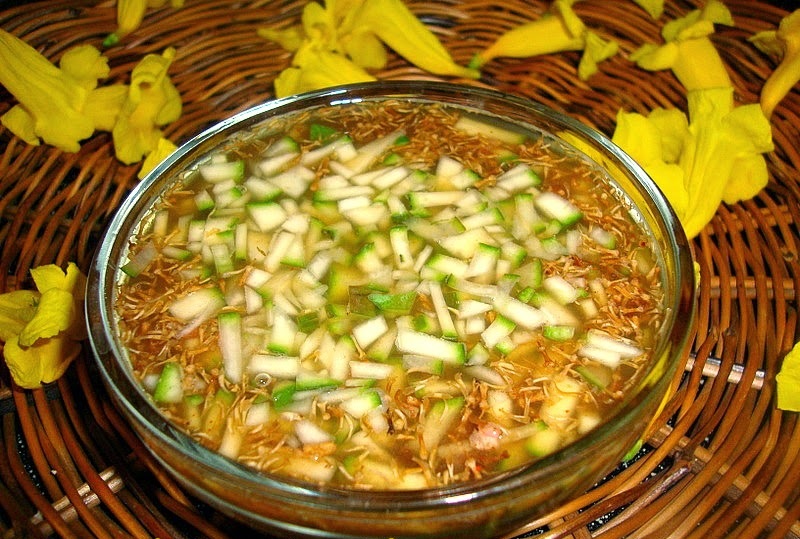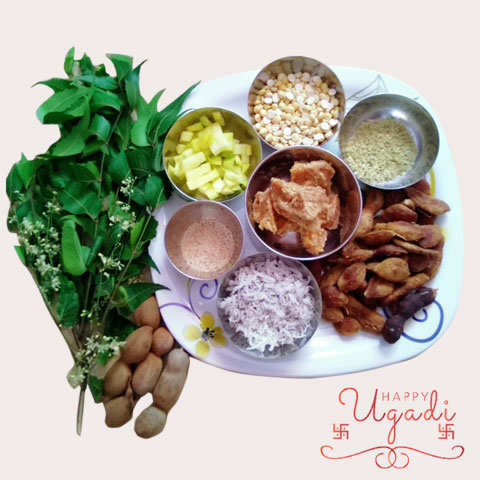Ugadi – New Year for most of the states in INDIA Seasons change. So are the accomplishments that seasons give to us. Because of variations, nature is always juvenile. The trees which shed their leaves in winter, sprout new leaves in spring and flourish with dexterity. Of all the seasons, spring is the most invigorating Read More
Tag: festivals
Ugadi Chutney
Ugadi Pachhadi/ Ugadi Chutney is also known by some other names such as UgadiGojju, Ugadi Rasayana. On the day of the Ugadi festival after taking the bath, the Chutney is prepared and offered to God as naivedya. Then it is taken as the first intake of the day with the fond hope that the forthcoming Read More


